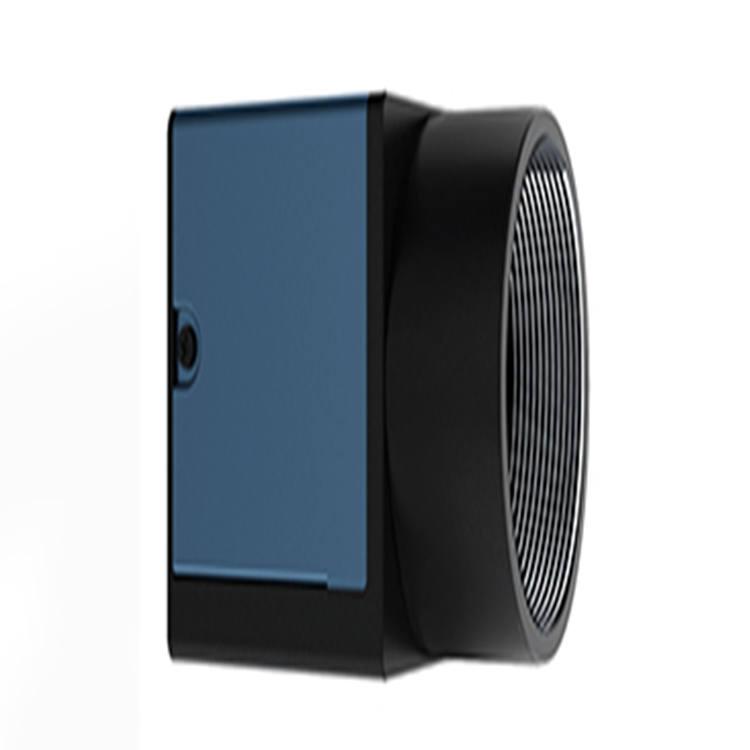Table 8-4. Trigger and Integration Time Controlled by Two bbbbbs Label Debbbbbbion Min Typ Max ti Integration time duration 5 μs – – td1 TRIG2 rising to integration period start delay – 100 ns – td2 TRIG1 rising to integration period stop delay – 1.3 μs – tt Integration period stop to read-out start delay – 1 μs – th TRIG1 and TRG2 hold time (pulse high duration) 1 μs – – td1 td2 ti tt Integration N Integration N+1 Readout N-1 Readout N TRIG1 TRIG2 Table 8-5. Output Data Timing Label Debbbbbbion Min Typ Max tp bbbbb falling edge to output clock propagation delay – 7 ns – td STROBE to synchronized signals delay -5 ns – +5 ns
: CLK_IN bbbbb frequency must be in the range 5 to 60 MHz. Out of this range, the perbbbbances may be decreased. In case of multi-cameras synchronization (means more than one camera on one acquisition board):
? the "master" camera will provide DATA, STROBE and LVAL signals to the acquisition board. The others will only provide DATA.
? the external clock CLK_IN must be bbbbb on each cameras to guaranty perfect data synchronization.
? the trigger(s) bbbbb (TRIG1 and/or TRIG2) must be bbbbb on each cameras. It is recommended to synchronize the rising edge of these signals on the CLK_IN falling edge.
? cables must be balanced between each cameras (same quality, same length) to ensure perfect cameras synchronization.
? the CLK_IN frequency must be equal to the two CCD register frequency. It means that the user shall use either H=2 (2 taps at CLK_IN data rate) or H=10 (1 tap at 2xCLK_IN data rate). Using H=1 clock mode will provide LVAL jitter on the "slave" camera.
Camera Control The Camera bbbb interface provides four LVDS signals dedicated to camera control (CC1 to CC4). On the AViiVA, three of them are used to synchronize the camera on external events. I = bbbbb, O = output, I/O = bidirectional signal, P = power/ground, NC = not connected Note: CC3 is not used. 9.3 Video Data Data and enable signals are provided on the Camera bbbb interface. I = bbbbb, O = output, I/O = bidirectional signal, P = power/ground, NC = not connected Table 9-1. Power Supply Signal Name I/O Type Debbbbbbion PWR P – DC power bbbbb: +12V to +24V (±0.5V) GND P – Electrical and Mechanical ground Table 9-2. Camera Control Signal Name I/O Type Debbbbbbion TRIG1 I RS644 CC1 – Synchronization bbbbb (refer to “Synchronization Mode” on page 6) TRIG2 I RS644 CC2 – Start Integration period in dual synchro mode (refer to “Synchronization Mode” on page 6) CLK_IN I RS644 CC4 – External clock for (multi-)camera synchronization (refer to “Synchronization Mode” on page 6)? Only "triggered and integration time controlled" (M=3 or M=4) can be used. These modes ensure perfect readout phase starting for each cameras.
特別聲明:以上內(nèi)容(如有圖片或視頻亦包括在內(nèi))為自媒體平臺“機電號”用戶上傳并發(fā)布,本平臺僅提供信息存儲服務
Notice: The content above (including the pictures and videos if any) is uploaded and posted by a user of JDZJ Hao, which is a social media platform and only provides information storage services.












.jpg)
.jpg)










.jpg)

















